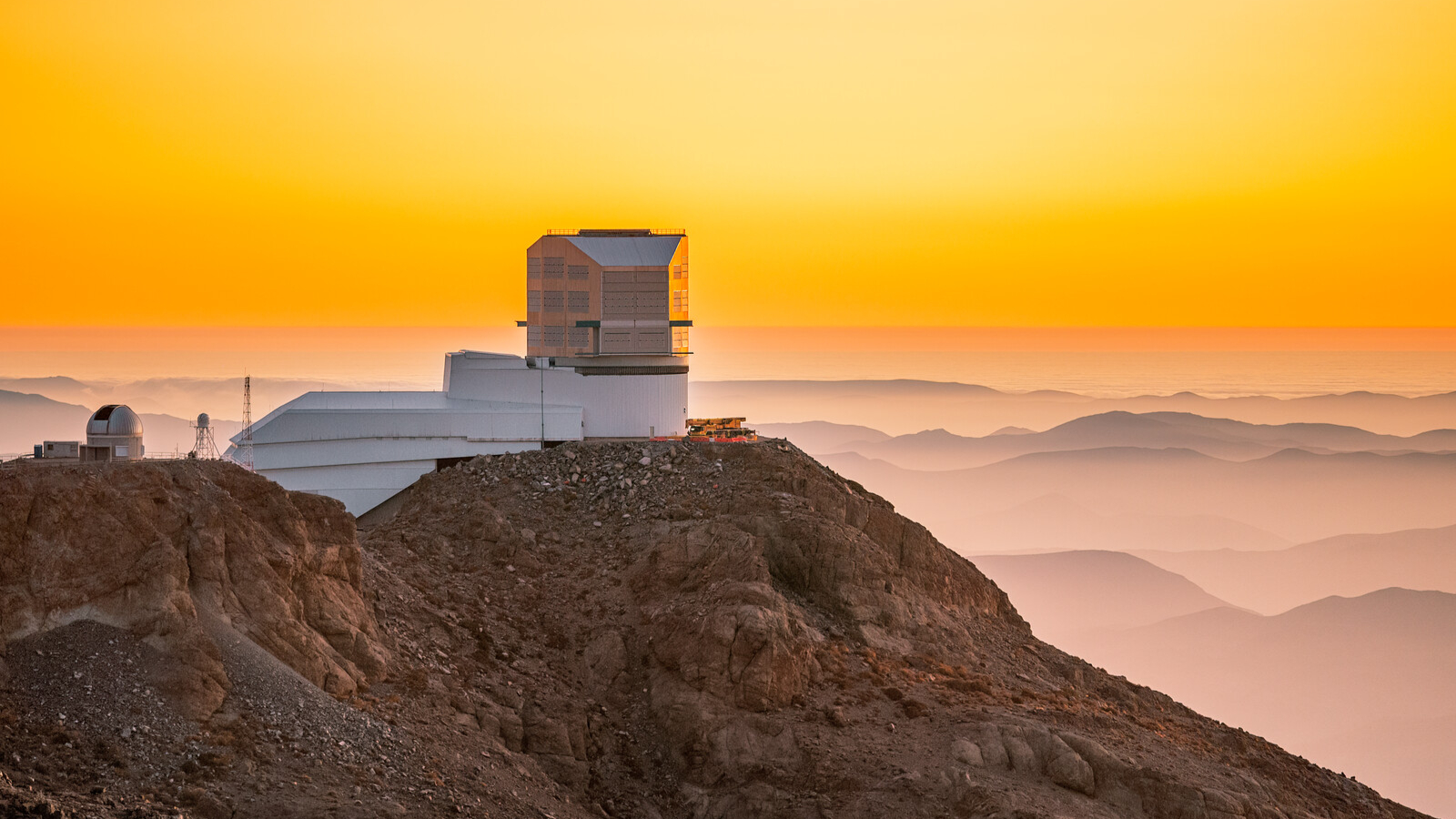China rolls rocket to pad ahead of crew launch to Tianhe space station
A launch date has not been announced.

China is getting ready to send three astronauts to its new space station core module, although we don't yet know when the launch will happen and who exactly will go.
The Shenzhou 12 spacecraft, riding atop a Long March 2F rocket, was rolled out to the pad at Jiuquan Satellite Launch Center on Wednesday (June 9), according to Chinese space officials and state media. The Chinese astronauts, or taikonauts, are in quarantine to prepare for their mission, reports added.
"The spacecraft and rockets are in good condition, and the launch site facilities and equipment are in good condition," the China Aerospace Science and Technology Corp. (CAST), the main contractor for the Chinese space program, said in a machine-translated statement. "[Officials] will carry out various prelaunch functional inspections and joint tests as planned."
Related: The latest news about China's space program
After launch from Jiuquan, which is in the Gobi Desert, the Shenzhou 12 spacecraft and its crew will join with the Tianhe space station module that launched on April 28 and the Tianzhou 2 cargo spacecraft, which launched nearly seven tons of supplies to the facility on May 29. (The core module's launch by a Long March 5 rocket led to an uncontrolled reentry of the booster's core stage that drew criticism from new NASA Administrator Bill Nelson, among others.)
Another supply run is expected in September with the robotic Tianzhou 3 cargo ship, CAST officials added, though the statement didn't specify if the taikonauts will still be in space on their three-month mission when Tianzhou 3 docks. Another crewed mission is expected in October, with a yet-to-be-named crew, aboard Shenzhou 13.
Shenzhou 12, China's first crewed mission since 2016, will include "a range of tasks such as repair and maintenance," Yang Liwei, director of the China Manned Space Engineering Office, said in an English-language report from state media provider CGTN on Wednesday.
Breaking space news, the latest updates on rocket launches, skywatching events and more!
Yang, who in 2003 became the first person sent to space by China's space program, also told reporters that no women are on the soon-to-be-launched crew. "On Shenzhou 12 we don't have them, but missions after that, all will have them," the Washington Post quoted Yang as saying. (China's first female taikonaut was Liu Yang in 2012, and two of the 11 taikonauts to reach space to date have been women.)
Shenzhou 12 marks the third of 11 missions required to complete the construction of China's space station, which is expected by the end of 2022, CGTN noted. The 11 missions include the launch of the core module, two "lab capsule" modules, four cargo flights and four crewed missions, according to CGTN.
Taikonauts will spend some time outside the space station, Yang said in remarks quoted in the Global Times. "Astronauts coming out of the cabin will become a new routine, and the duration of such activities will be greatly expanded," he said.

Chinese officials also said the space station includes "robotic arms" that can be extended as far as 50 feet (15 meters) to help taikonauts with construction and maintenance, according to the Global Times, but few other details were made available.
Future launches to the space station will include Chinese experiment modules, international science payloads arranged through the United Nations Office for Outer Space Affairs, and foreign astronauts, SpaceNews said in a report. The station is expected to last 10 years and will include a co-orbiting Hubble-class space telescope called Xuntian, which will survey the sky using a 2.5-billion-pixel camera, SpaceNews added.
China is not a partner on the International Space Station, largely due to a 2011 prohibition on NASA bilateral agreements stemming from ongoing concerns about China's security and military practices. Nelson and Pam Melroy — who is President Joe Biden's nominee for deputy NASA administrator — both spoke with concern about China's increasingly ambitious space activities, including a Mars rover landing in May, during Congressional hearings recently.
ISS partner Russia signed a pledge with China in April to jointly build a research outpost on the moon, although the collaboration did not specify when the facility would break ground. So far, Russia is committed to remaining in the ISS program until 2024, although Dmitry Rogozin, head of Russia's federal space agency Roscosmos, recently threatened to leave unless the U.S. removes various sanctions against the Russian space industry. (There have been several restrictions dating back to at least 2014.)
Follow Elizabeth Howell on Twitter @howellspace. Follow us on Twitter @Spacedotcom and on Facebook.
Join our Space Forums to keep talking space on the latest missions, night sky and more! And if you have a news tip, correction or comment, let us know at: community@space.com.

Elizabeth Howell (she/her), Ph.D., was a staff writer in the spaceflight channel between 2022 and 2024 specializing in Canadian space news. She was contributing writer for Space.com for 10 years from 2012 to 2024. Elizabeth's reporting includes multiple exclusives with the White House, leading world coverage about a lost-and-found space tomato on the International Space Station, witnessing five human spaceflight launches on two continents, flying parabolic, working inside a spacesuit, and participating in a simulated Mars mission. Her latest book, "Why Am I Taller?" (ECW Press, 2022) is co-written with astronaut Dave Williams.
